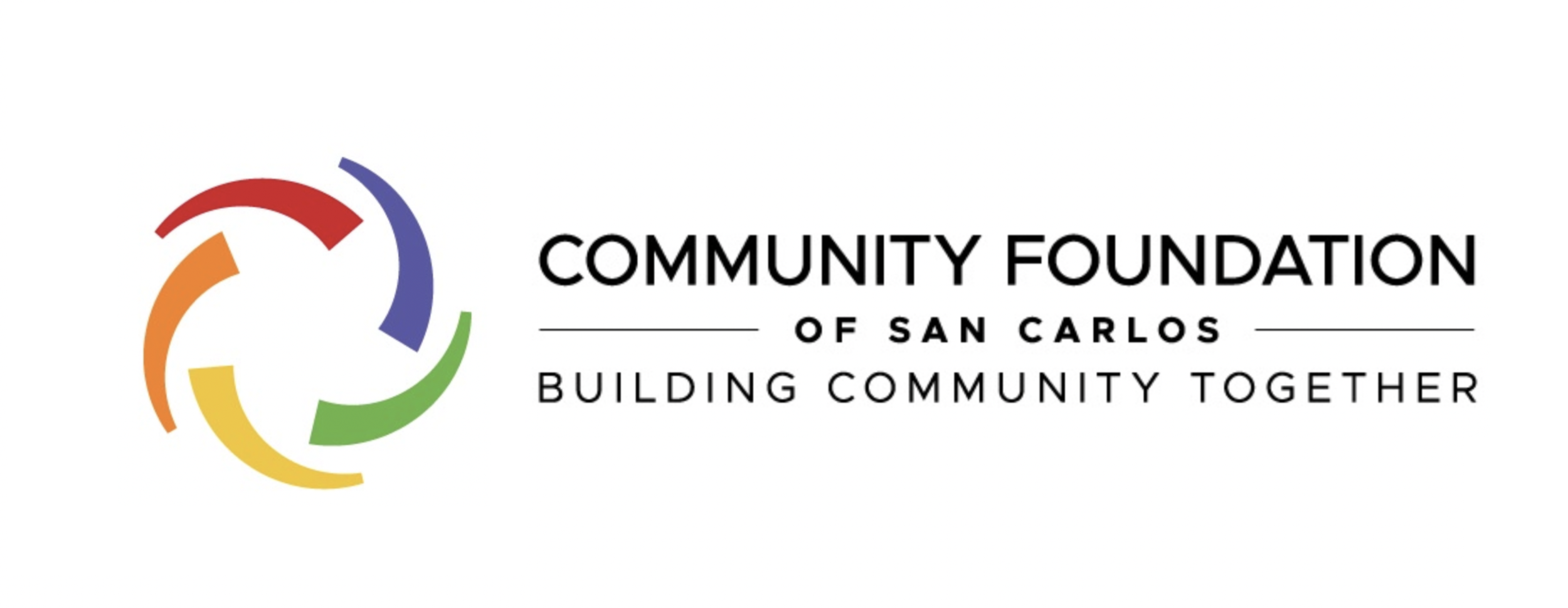Day 8: Race and Incarceration
Bias within the criminal justice system is not a new phenomenon, however, in recent years, the massive impact of these biases on communities of color has been highlighted in the media, creating a national movement around criminal justice reform. Today we will learn about the damaging and often fatal effects of bias and over-policing.
As individuals interested in learning more about racial equity, you’ve likely heard of the term “school-to-prison pipeline,” (if you haven’t check out this infographic made by the ACLU). Most notably this term is tied to the systems that funnel African American boys out of school and into prison at alarming rates. However school disciplinary policies disproportionately affect also Black girls.
Life after prison can often be just as difficult as time spent behind bars. Most former convicts struggle with culture shock, mental health issues, disenfranchisement, unemployment and a whole host of other problems upon release. Today we will learn more about some of those issues and the struggle the formerly incarcerated face when trying to re-engage in society.
CHALLENGES
OPTION 1: Out of school suspensions have doubled since the 1970s and continue to increase even though juvenile crimes have continued to drop. Watch this quick video which explains the school-to-prison pipeline.
OPTION 2: By age 9, the behaviors of Black girls are often seen as and treated more like adults than children. Peruse this study on the erasure of Black girls’ childhood, particularly pages 9-11 as it pertains to discipline in school.
OPTION 3: Long-term imprisonment inevitably changes the personalities of former convicts. Read these findings from interviews with 25 former ‘lifers’, who had served an average of 19 years in jail.
OTHER RESOURCES
Across the country, Black girls are six times more likely to be suspended than white girls. Check out this study to better understand how Black girls are being pushed out of school.
12 years after starting college, white men have paid off 44% of their student loans, while black women owe 13% more. Read this article to better understand how the student debt crisis has hit black students especially hard.
College Behind Bars. Watch the PBS “College Behind Bars Series, Part 1: No One Ever Taught Me Any of That” (57mins53sec). This four-part series explores the transformative power of education through the eyes of a dozen incarcerated men and women trying to earn college degrees- and a chance at new beginnings- from one of the country’s most rigorous prison education programs.
History of Prison Education. Watch Beyond the Gates, exploring the history of prison education by Harvard University (18mins34s)
Muslims make up about 9% of state prisoners, though they are only about 1% of the U.S. population, a new report finds. Listen to this report which sheds light on the obstacles some incarcerated Muslims face in prison while practicing their faith.
Check out the Prison Studies Project.
Watch this video on mass incarceration to understand how for certain demographics of young black men, the current inevitability of prison has become a sort-of normal life event.
Ear Hustle – Podcast from inside San Quentin
US Taxpayers Spend Almost $1 Billion Incarcerating Innocent Black People
Read: The New Jim Crow: Mass Incarceration in the Age of Colorblindness by Michelle Alexander
Listen to NPR Throughline – American Police, which documents the “origins of American policing and how those origins put violent control of Black Americans at the heart of the system.”
Maryam Henderson-Uloho was convicted of obstruction of justice, she was sentences to 25 years in a Louisiana prison. When she was released, she felt dehumanized. Watch the incredible story of how she turned her life around – and continues to support other female ex-offenders.

